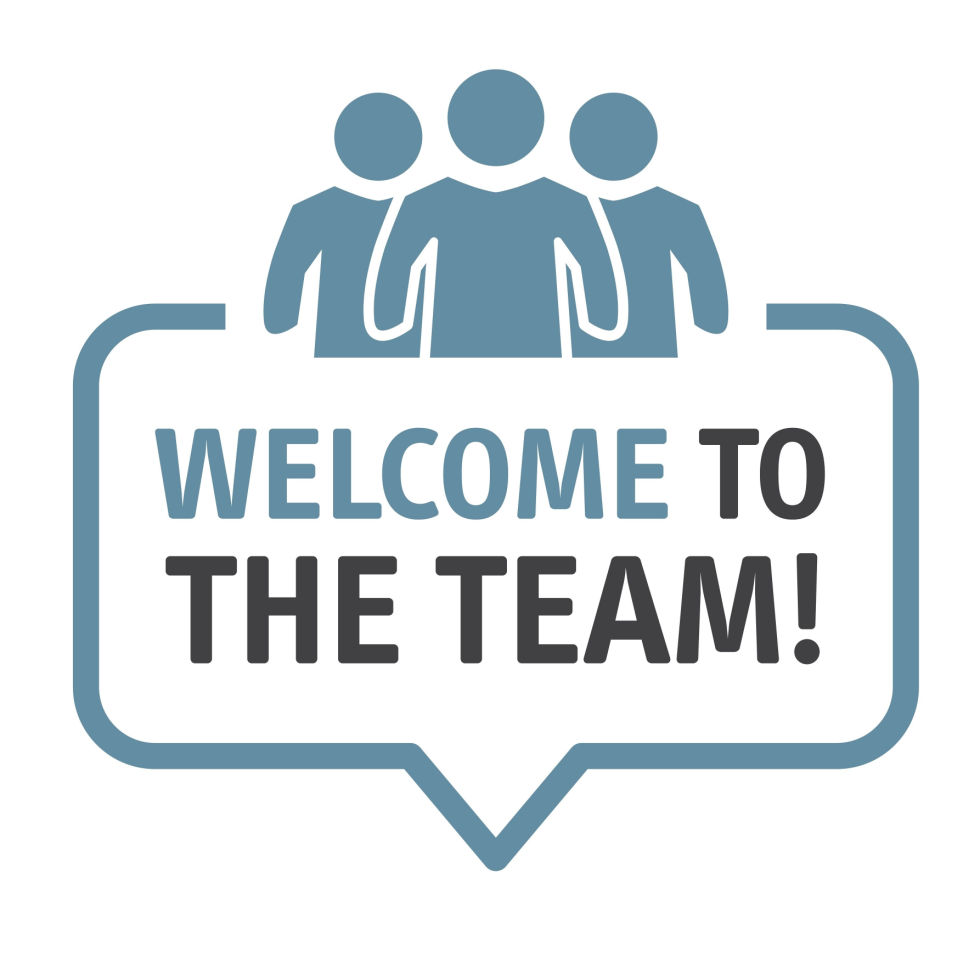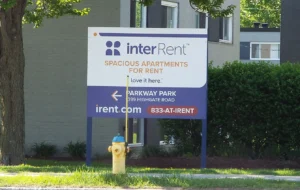You Must Be the New Here

Onboarding New Building Staff
The first day of work can be intimidating; there are new coworkers, new tasks, new routines, and lots of new names and faces to remember. Whether the new hire in question is a super, porter, custodian, or other on-site staff member, that acclimation period can be shortened by building and HOA administrators adopting a formal onboarding process.
Onboarding and orientation are key to efficient and effective integration of a new employee into a work environment and organization. What that onboarding process looks like and how it’s executed differs from market to market and building type to building type, but there are some universals that can be helpful to any board/management team.
Let’s take a look.
How It Happens
Onboarding differs from location to location and from position to position. In some markets, building staff are the direct employees of the property for which they work, and in others they are employed by the property’s management company. Procedures also differ for specific positions; a super or building engineer oriented and trained for his or her position differently than, say, a porter or handyperson.
In New York City, generally, “The building employees are employees of the building. In other locations it’s different,” says Daniel Wollman, CEO of Gumly Haft, a management firm based in Manhattan. “As a result, boards are not involved in onboarding, except in the case of the super. In the super’s case, the board will get involved.
“As manager, we will interview a slew of individuals who we might consider and then bring the best candidate to meet the board. We do a second interview with a board committee empowered to vet the candidates more thoroughly. The next step is to whittle down the pool again to two candidates, who will then walk the building separately. We meet again and talk about their observations for—and of—the building and a plan for moving forward. Then a decision is made on whom to offer the job to. We like the board to be involved with that process.”
Screen Your Tenant Today!
Gain peace of mind with AAOA’s credit, criminal, and eviction reports.
“In New England,” explains Scott Wolf, CEO of Brigs, LLC a Boston-based real estate management firm, “It’s a mixed bag. The board will identify their staff needs; [as managers] we are then responsible for developing an ad with a job description, and our human resources department will post it in the appropriate places to find candidates.
“We screen them initially, and afterward we schedule interviews with the board for those candidates we think make a good fit. We want board involvement. They have to live with the employee, and their involvement gives another perspective to the interviewing process.”
“As to the question of whose employee a new hire is, in terms of who is paying workers comp, etc., usually the staff person is an employee of the management company,” continues Wolf. “It gives us a bit more flexibility. In our market in most cases, the majority of building staff are employees of management companies. If necessary, we can then easily swap out an employee for any number of reasons without going through firing and hiring procedures.”
One downside of building staff being employed by the management company is that if there’s ever a break with the management company, the employees go too. For example, if a board decides to change management companies for whatever reason, all the employees would have to be replaced—an entire change of staff.
In the case of smaller, lower-maintenance associations or buildings where perhaps there’s only a handyman and a porter, that might not pose significant problems. But for a larger property with multiple common areas, amenities, and a more complex physical plant, changing managers—even if the community is unhappy with the job the existing management company has done—can be very difficult indeed.
In many cases, the question of how staff are hired, and then who works for whom, is a property-by-property proposition. “Each manager/board relationship differs from building to building,” says Scott Soifer, senior vice president with Maxwell-Kates, an Associa company in New York City.
“Some boards take the approach that their manager is responsible for hiring a new building service employee, and then there are some boards that insist on being part of the process and want to get involved in the interviews. In my experience, if a board has a more seasoned manager, the responsibility should be the manager’s. I have seen situations where current superintendents or resident managers have done the hiring as well.”
What to Know, When, & How to Know It
Onboarding can be complicated, but it still has to be done quickly, and the process thoroughly considered. Much depends on how much a new employee knows and understands about their position.
There’s much potential for danger in many aspects of the ‘day-to-day’ of building operations. The more existing knowledge an employee has of their role, the better. Specifics relating to the property and community can and must be learned quickly for success.
“Effective onboarding of building support staff is crucial for ensuring a seamless transition and optimal performance,” says Mark Rogers, regional director for FirstService Residential in New Jersey. “Create a comprehensive job description outlining the specific duties, responsibilities, and performance expectations.
“Ensure everyone is on the same page when thinking about roles/responsibilities. Further, it’s always helpful to pair new staff members with an experienced team member for hands-on training. It’s also important to create and lean into concrete standard operating procedures that can make for a smooth transition/onboarding of new employees.”
The skill set required can be broad and complicated—more so than one might expect. “A good candidate’s skill set should include good communication skills, both written and verbal, mechanical background or experience, and depending on size of building, supervisory and infrastructure experience,” says Wollman.
“I’m less likely to put a guy with only high pressure steam experience into a building that has only boilers, for example. And they have to be able to communicate well with both other staff, supervisors, and residents.”
Wolf concurs, stressing the same factors. “It’s job-specific, and often depends on the role. Across the board, you want service-oriented people with good communication skills. They must be able to juggle the residents and board, as they are part of the management team. We always look for prior experience in the job description.
“There are also general skills with carpentry, painting, patching, and repairs that they must know—maintenance stuff. They must come to the role with experience. If it’s a very large association with a team approach, we can hire someone who needs training. We can do it.”
On the job, person-to-person instruction and mentoring is critical to a new staffer’s success. “Job performance expectations should be provided to new hires so they know what’s expected of them,” says Soifer. “This is best communicated by both super and manager together, as it provides a serious optic to the new hire that these performance expectations are required and are to be taken seriously.
“It’s also critical for the superintendent to ensure the new hire is properly trained by the super himself and by fellow building service employees where they can shadow the experienced employee. The superintendent should be mindful to partner the new hire up with one of the better performing associates.”
Manuals Enhance the Experience
In addition to hands-on training to bring new staff up to speed quickly, written materials such as staff and company manuals and house rules are beneficial to helping new employees hit the ground running.
Roberts observes that many property management companies and boards have orientation packets for new staff members, and says these packets typically include the following:
• Building Policies and Procedures: including rules and regulations for tenants, staff, and visitors, as well as emergency procedures and maintenance protocols.
• Property Information: Detailed information about the building’s layout, systems, and equipment.
• Resident Information: A list of residents, their contact information, and any specific needs or requests.
• Vendor Information: A list of preferred vendors for maintenance, repairs, and other services.
• Emergency Contacts: A list of emergency contacts for the building, including the fire department, police department, and building management.”
More information is always helpful and can be comforting to a new employee with much to learn.
Labor Unions
Do labor unions play a role in training new hires? Again, it depends.
“The union is a factor in New York City,” says Wollman. “Especially in pay. With respect to a porter or doorman, buildings or management firms have a 60-day probationary period with a new employee, and can fire without cause during that time. That gives the management company and the board and residents an opportunity to decide if they’re happy with the hire or not. Otherwise, you have to comply with union regulations. The union also offers many courses for training. They provide classes in major systems. Boilers, HVAC, etc.”
Rogers notes, “Labor unions can play a role in the orientation and training of newly hired staff members in New Jersey. In some cases, union contracts may outline specific procedures for onboarding new employees and may outline roles and responsibilities for staff. ”
By contrast, Wolf notes that labor unions are not a factor in New England.
To ensure a new staff member’s long-term success, boards and management teams should set clear expectations and goals, define roles, and the mechanisms for defining success whatever they may be.
Once these elements are established, it’s important to put comprehensive training/development plans into place to ensure no staff members are left on an island. Create channels for regular feedback and mentorship to set your staff up for success in the long run.
Source: Cooperator News













 Accessibility
Accessibility